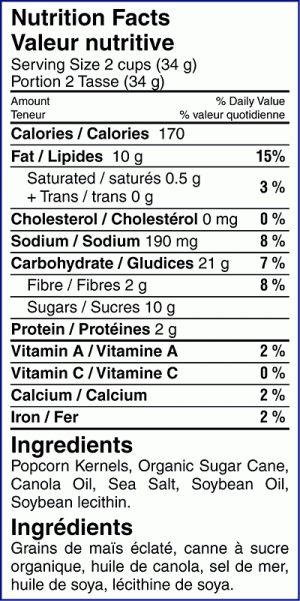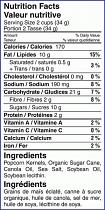Anti-Aging: Beware of Artificial Flavours
It seems counter-intuitive to use chemicals to make something smell or taste like strawberries when you could use—duh—actual strawberries. But artificial flavours and colourings are used by food producers because breaking down a flavour into its chemical parts can be much cheaper than using the real thing. Take that strawberry, for example. When you
To most of us "methyl alcohol" doesn't really mean anything. It doesn't sound particularly tasty, but it's not exactly scary, either. Artificial vanilla flavouring, on the other hand, is either made from petrochemicals or derived from a by-product of the paper industry, according to Alexandra Zissu, author of The Conscious Kitchen. Gross!
Natural flavourings may make us feel better when we see them on our food labels, but they're not necessarily much better for us. While a natural flavouring is derived from a natural food—meat, spices or fruits, for example—it can then be transformed with chemical additives. So, not-so-natural after all.
Why even use these added flavours? When foods are dehydrated, canned or frozen at an industrial scale, they lose some of their natural flavours, and so companies use added flavourings to pump the flavour back up.
But Robyn O’Brien, author of The Unhealthy Truth – How Our Food is Making Us Sick and What We Can Do About It, argues that science has linked artificial colors, flavours and sweeteners to behavioural issues and allergies in children. O'Brien and the website HealthyChild.org (of which she is a board member) suggests four key steps to cut out the artificial flavours from your diet:
-- Ax the Artificials: Eliminate as many foods as possible that list artificial colours or flavours in their ingredients.
-- Shop Savvy: Choose to shop at stores like Trader Joes, Whole Foods Market or Natural Grocers by Vitamin Cottage—or any natural foods store that has made a commitment not to sell products with artificial ingredients.
-- Cook Clean: Getting back into the kitchen and cooking things from scratch can go a long way to reducing your exposure to artificial flavours.
-- Find a Friend: Buddy up with a friend who is also concerned about artificial chemicals in her food; it will be easier to stick to your plan if you have support when other people question your decision.
The Canadian is a socially progressive and not-for-profit national newspaper, with an international readership. We provide an alternative to the for-profit commercial focused media, which often censors vital information and perspective of potential interest to the diverse Canadian public, and other peoples internationally.
Become a member of The Canadian, with your donation-pledge. Help support independent, progressive, and not-for-profit journalism.Internet site reference: http://www.organicauthority.com/health/what-are-artificial-flavors.html
Comments
There are 0 comments on this post













